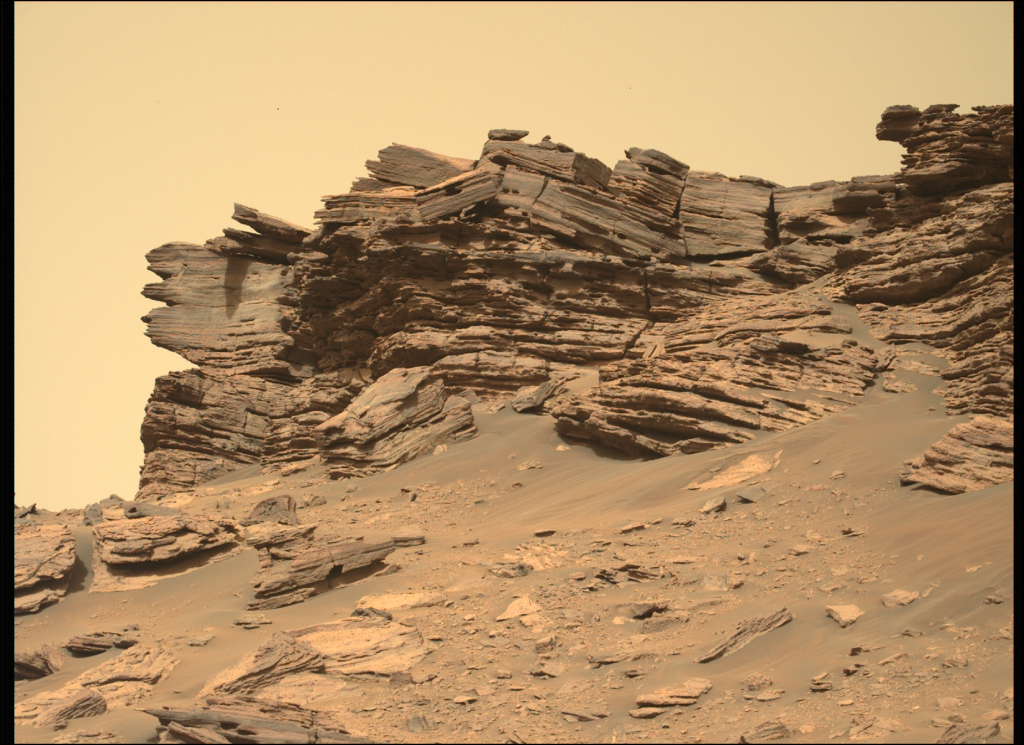NASA’s Perseverance rover first launched toward Mars two entire years ago and has been exploring the planet since, returning new stunning high-resolution photos of the Red Planet with each day that passes. Wednesday was no different as the space agency shared a handful of new photos to Perseverance’s website.
Videos by ComicBook.com
The photos posted Wednesday include both color and grayscale snapshots of the Martian horizon, a barren landscape with jagged rocks strewn about.

Earlier this year, Perseverance broke NASA’s record for most distance driven on Mars by a rover in a single day. On February 15th, the vessel traveled nearly 1,050 feet during its exploration mission.
“The samples Perseverance has been collecting will provide a key chronology for the formation of Jezero Crater,” said Thomas Zurbuchen, associate administrator of NASA‘s Science Mission Directorate in Washington. “Each one is carefully considered for its scientific value.”
“Right now, we take what we know about the age of impact craters on the Moon and extrapolate that to Mars,” added Katie Stack Morgan, Perseverance’s deputy project scientist at NASA’s Jet Propulsion Laboratory in Southern California. “Bringing back a sample from this heavily cratered surface in Jezero could provide a tie-point to calibrate the Mars crater dating system independently, instead of relying solely on the lunar one.”
Perseverance currently stalks the planet’s Jezero Crater in search for signs of ancient alien life. It’s collecting rock samples for analysis by scientists back here on Earth. At the current rate, officials expect the samples to return no earlier than 2031.
“This landing is one of those pivotal moments for NASA, the United States, and space exploration globally – when we know we are on the cusp of discovery and sharpening our pencils, so to speak, to rewrite the textbooks,” then-NASA Administrator Steve Jurczyk said of Perseverance’s landing on Mars last year. “The Mars 2020 Perseverance mission embodies our nation’s spirit of persevering even in the most challenging of situations, inspiring, and advancing science and exploration. The mission itself personifies the human ideal of persevering toward the future and will help us prepare for human exploration of the Red Planet in the 2030s.”








